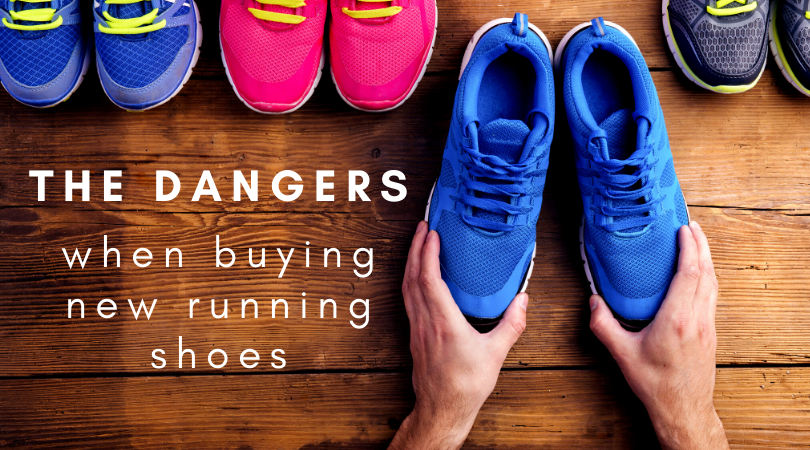The dangers when buying new running shoes

Firstly, I must knowledge the work published by Chris Napier & Richard Willy as their article has inspired most on the content within this blog. It is a confusing time to be a runner when buying running shoes because over recent decades, new paradigms continue to surface. Minimalist footwear is one of the most popular fads on the market, with motion-control, carbon plate & maximalist trends working their way into the running community. While researchers try to catch up to this advertising frenzy, how can we choose the best running shoe?
Avoiding the shoe buying trap!
When we buy running shoes, we are mainly asking ourselves three things. Firstly, are they comfortable. Secondly, will they reduce the likelihood of injury and lastly, will it help with running performance. However, trying to get to these answers is often misleading. This is because shoe stores want you to buy more, and they are not regulated by research-backed industries. This will give them permission to circulate misguided fads and catchy advertisement ploys. While conclusive literature takes a long time to emerge, here is what we do know.
“There remains a lack of conclusive evidence to support traditional shoe prescription to prevent running-related injuries”.

There is also no evidence to support one shoe type based on your foot shape. This is an important topic because a common experience when buying shoes in a shoe store is walking on a treadmill or a pressure-pad, placing you into flat, neutral or high arch category and then selecting an allocated shoe. Not only is there no evidence to support this process, but several publications actually contradict these belief.
Why change shoes?
There should be 3 reasons to buy new shoes:
- Your current shoes are getting old: I believe you shouldn’t base this decision on mileage. Instead, ask yourself a few questions. Are your shoes starting to become uncomfortable? Is there significant deterioration of the sole? And are the old shoes starting to change my running bio-mechanics? Marketing ploys to change your shoes every 6 months or every 500km is a gross estimation without factoring in key information like strike pattern, ground reaction force and running surface.
- To increase performance: Research has shown that lighter shoes improve running economy. This will generally (but not always) sacrifice stability and shoe support, so a careful transition into different types of shoes requires professional guidance.
- To change running bio-mechanics: For instance, minimalist shoes are suggested to increase running cadence, alter strike pattern and reduce vertical loading rates. On the other hand, a larger heel drop and support will off-load the calf complex. This adjustment and shoe selection requires professional guidance.
Buying running shoes: Conclusion
When it comes to reducing running injuries, choosing one shoe over another is just as reliable as choosing a red shoe over a blue shoe. If you would like to reduce your risk of running injury, then gait retraining and a well-planned running program from a professional is the best option. If you are still deciding on which shoe to buy, then choose the shoe that feels the most comfortable.
Relevant Blogs:
Relevant Podcast Episodes:
- Is there a right & wrong running shoe? With JF Esculier
- Using shoes as tools to overcome injury? Matt Klein
- Is a Carbon Fibre Shoe Right for Me? with Simon Bartold
